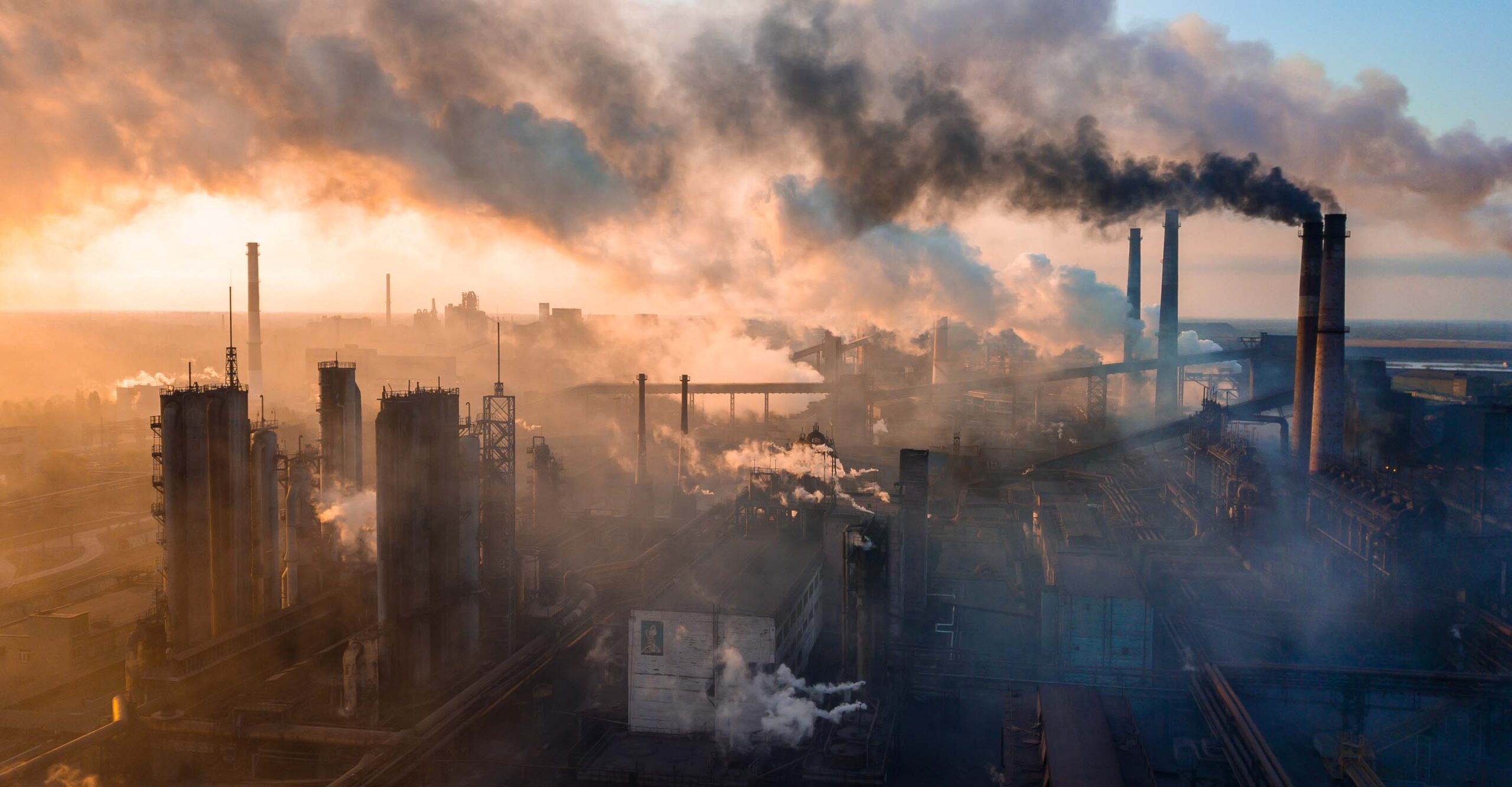A comprehensive study revealed that more than 7% of deaths in ten of India’s largest cities are attributable to air pollution, prompting researchers to advocate for urgent measures to save tens of thousands of lives annually.
Cities like Delhi, notorious for severe air pollution, suffer from some of the world’s highest levels of smog, which pose significant health risks to residents.
The study, led by an Indian team, assessed the levels of PM2.5 pollutants—tiny particles linked to cancer—in cities including Ahmedabad, Bengaluru, Chennai, Delhi, Hyderabad, Kolkata, Mumbai, Pune, Shimla, and Varanasi.
Between 2008 and 2019, over 33,000 deaths per year were attributed to PM2.5 exposure exceeding the World Health Organization’s guideline of 15 micrograms per cubic meter, accounting for 7.2% of total deaths in these cities during the period, as reported in The Lancet Planetary Health journal.
Delhi recorded the highest toll, with 12,000 annual deaths linked to air pollution, representing 11.5% of the city’s total mortality.
The study underscored that even cities traditionally perceived as having lesser pollution, such as Mumbai, Kolkata, and Chennai, reported significant death rates due to air pollution.
Researchers urged India to strengthen its air quality standards, currently set at 60 micrograms of PM2.5 per cubic meter—four times higher than WHO guidelines. They emphasized that adhering to stricter standards could prevent tens of thousands of deaths annually.
Joel Schwartz from Harvard University, a co-author of the study, stressed the urgency of applying pollution control measures already proven effective elsewhere.
He highlighted that reducing and enforcing lower limits on PM2.5 could significantly mitigate health risks associated with air pollution, including strokes, heart disease, lung cancer, and other respiratory illnesses, all of which affect a vast majority of the global population according to the World Health Organization.










